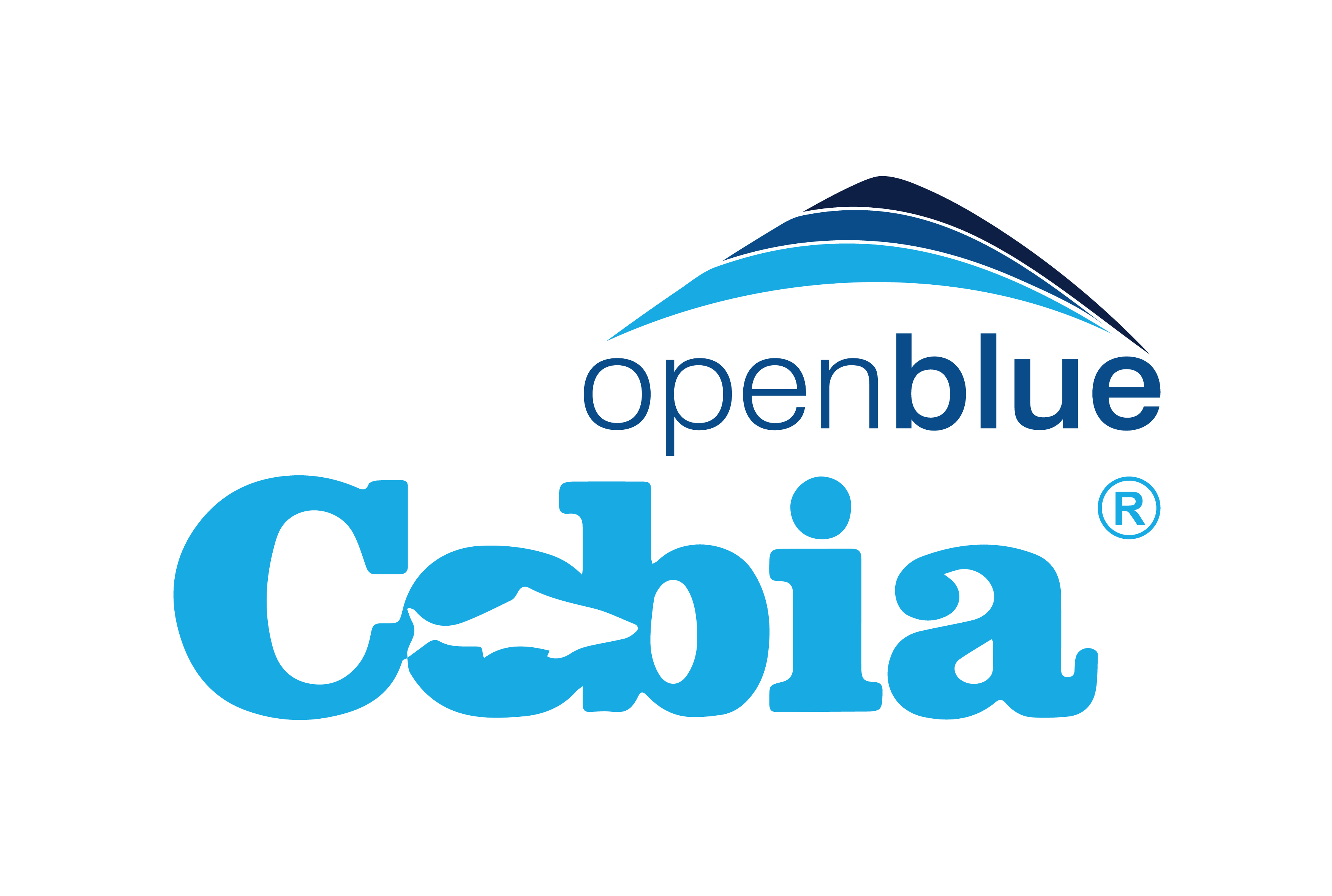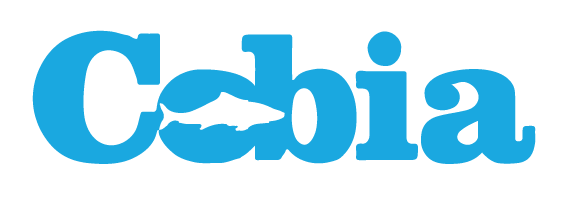
How One Exotic Fish From the Caribbean Is Keeping Our Oceans Cleaner

Overfishing is one of the most challenging problems the seafood industry is facing right now. Overfishing is the practice of catching fish at a rate that exceeds the capacity of the fish population to reproduce and replenish itself. This can lead to a decline in the abundance and diversity of fish species and changes in the structure and functioning of marine ecosystems.
Overfishing can also lead to the collapse of fish stocks, which can have significant economic consequences for fishing communities. This is concerning because experts think the world needs to switch to seafood to lower the environmental impact of the food industry on the planet and preserve life as we know it. This eco-friendly Caribbean exotic fish, located in the coasts of Panama, may be the key.
The Solution
One of the solutions to overfishing could be aquafarming. Overfishing is a result of the tragedy of the commons; fishers and fishing businesses have the incentive to catch as much fish as possible, which ends up destroying their very source of income. Aquafarms, on the other hand, are owned and operated by a single entity. The tragedy of the commons doesn’t apply because aquafarms are not commons—so there’s no risk of overfishing.
However, aquafarms built on shores have issues. But when you locate them in sea farms in the open ocean, like open blue sea farms does, the fish tend to thrive in their natural habitat, producing a healthier fish without using as many resources, and with almost net impact to its surrounding ecosystem.
This practice is known as offshore aquaculture. In the open ocean, the farmed fish is virtually living in the species’ natural environment. Leftover feed and feces get distributed by the ocean currents instead of damaging local ecosystems.
The Fish
One fish seems to be better suited for offshore aquaculture than other species: cobia. Cobia is a large, predatory fish that is found in tropical and subtropical waters all around the world. While more well known as a game fish, it has successfully been bred and raised in an aquafarm off the coast of Panama by Open Blue, in central America. Cobia has a high growth rate, with some reaching market size in as little as 18 months. This makes it an attractive species for farms looking to maximize production.
Cobia can tolerate a wide range of environmental conditions, including temperature and salinity fluctuations. This makes it well suited for farming in offshore environments, where conditions can be more variable than in inshore environments. Cobia also has a high feed conversion ratio, meaning that it can efficiently convert feed into growth, which can help reduce production costs.

The Future of Cobia Fish
Open Blue Cobia is working with the University of Miami to improve our fish production methods, innovating new sustainable ways to address both world hunger and overfishing.
We believe Open Blue cobia is going to become one of the most widely consumed foods in the near future. From our website, you can learn more about Open Blue Cobia and how its mariculture methods are revolutionizing the seafood industry.

